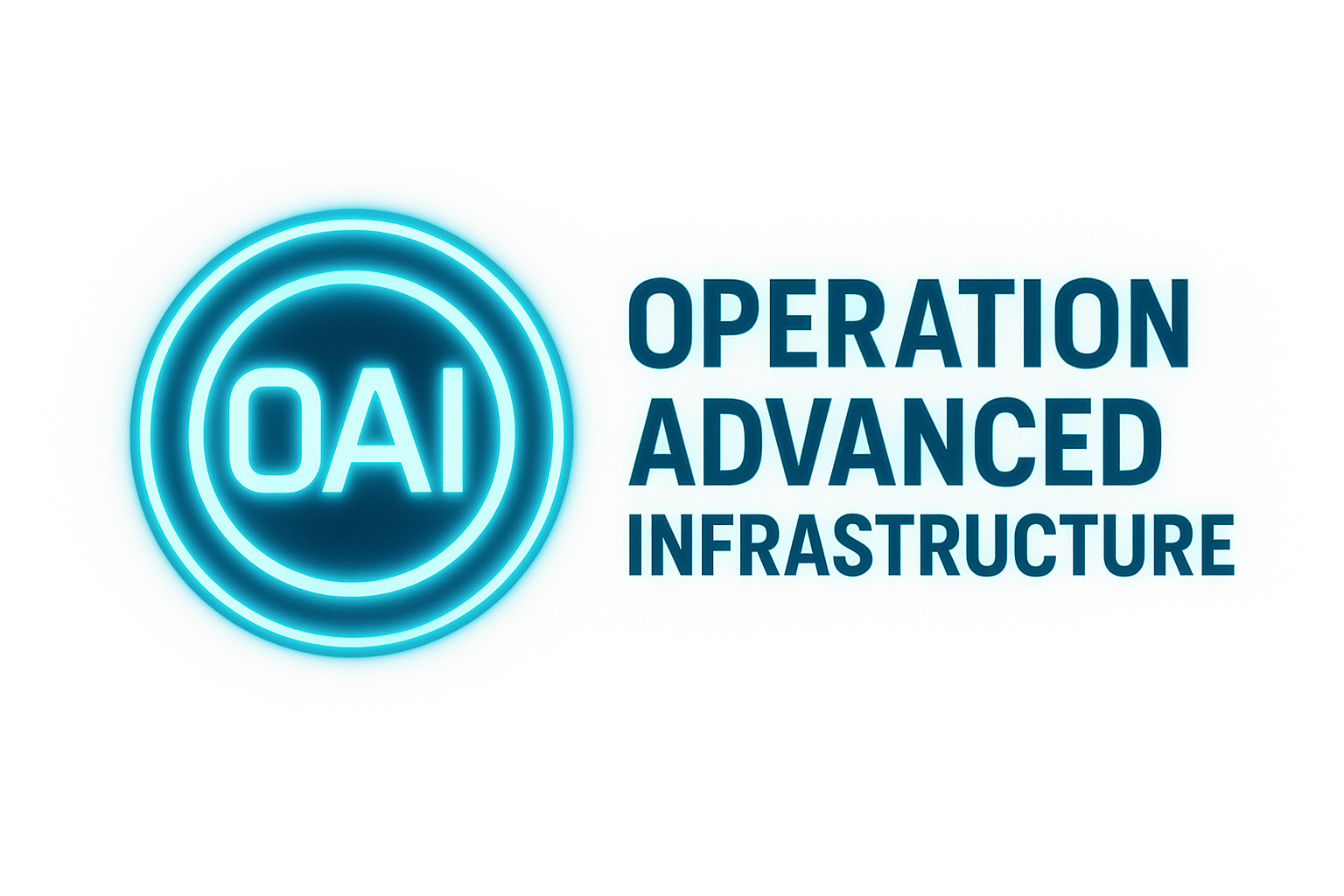| Version 3 (modified by , 6 months ago) ( diff ) |
|---|
Guix vs. Commercial OS Platforms in Air-Gapped Environments
| Feature / Concern | Guix System | RHEL / Windows (Commercial Vendors) |
| Reproducible builds | Full functional package manager with bit-for-bit reproducibility | Rare, not the default; often impossible to verify |
| Declarative system configuration | Entire OS and services declared in one file (config.scm) | Partial via kickstart (RHEL) or Group Policy (Windows) |
| Source-based verification | Build everything from source with pinned hashes | Can build some packages from source (e.g. SRPMs), but not guaranteed or easy |
| Transparent dependency graph | guix graph, complete dependency visibility | Opaque; relies on vendor tooling or trust |
| Custom internal repositories | Simple to set up private channels or mirrors | Possible but complex (e.g., Satellite, WSUS, SCCM) |
| Air-gap support (by design) | Built-in tools for exporting and importing sources (guix archive) | Requires extra software and policies |
| System rollback and audit trail | Native support for generations and rollbacks | Possible with snapshots or backups; not reproducible |
| Security patching control | You control exactly when and how updates are applied; reproducible | Updates are controlled by vendor timelines or manual QA workflows |
| Proprietary trust requirement | No vendor black-box binaries required | Trust required in vendor-signed binaries |
| Compliance alignment (e.g., CIS, STIG) | Manual setup, but full control | Vendor-provided baselines, common in regulated environments |
| Support & certification | Community or niche consulting | Enterprise support, certifications (Common Criteria, etc.) |
Security & Supply Chain Control
Guix System:
- You can inspect, audit, and rebuild every component of your system — from the kernel to applications — using cryptographically pinned source inputs.
- The entire dependency graph is traceable and reproducible, even across machines and time.
- Perfectly suited for classified or national security work, where vendor trust cannot be assumed.
RHEL / Windows:
- You receive pre-built binaries signed by the vendor.
- You often trust opaque CI/CD systems outside your control.
- Reproducing or auditing software at a fine-grained level is non-trivial or impossible.
Tooling and Maintenance
Guix System:
- You define everything declaratively — no surprises at runtime.
- You can script, version-control, and diff system changes like source code.
- Integration with CI/CD is powerful but requires Scheme fluency and a Unix mindset.
RHEL / Windows:
- You use vendor tools (e.g., Satellite, WSUS, SCCM) to manage updates and installations.
- Configuration drift is common without complex tools like Ansible, Puppet, or GPO.
- More user-friendly, but less introspectable.
Air-Gap Suitability
Guix System:
- Designed for air-gapped reproducibility.
- You can export all sources via guix archive or guix pack.
- Build servers can remain offline and secure.
Commercial Systems:
- Air-gap support is not native.
- Requires additional tooling for mirroring updates, verifying patches, and avoiding telemetry.
- Licensing and activation can be problematic offline.
Risk Mitigation in Classified Contexts
| Risk | Guix Mitigation | RHEL/Windows Mitigation |
| Supply chain tampering | Build everything from trusted source | Trust vendor signatures and processes |
| Configuration drift | Fully declarative system + rollbacks | Ansible, Puppet, GPO |
| Covert binaries / blobs | Avoided by default (FOSS only) | Often required for hardware drivers, tools |
| Forced updates / phones-home | None unless added by user | Needs group policy / firewall control |
When to Use What?
Choose Guix if:
- You need maximum transparency and reproducibility.
- You operate in a high-assurance, national security, or research environment.
- You can tolerate a steeper learning curve and limited vendor support.
Choose RHEL / Windows if:
- You need certified support, pre-approved baselines, or are bound by specific compliance standards (e.g. NIST, CIS).
- Your staff is trained in those ecosystems and you prioritize vendor backing over code transparency.
- You're in regulated industry and want checkbox compliance with minimal friction.
Final Thoughts
Guix System offers unparalleled control, auditability, and air-gap suitability, but requires organizational commitment and technical maturity. Commercial platforms offer smoother compliance workflows and official support, but at the cost of transparency and independence.
Note:
See TracWiki
for help on using the wiki.
